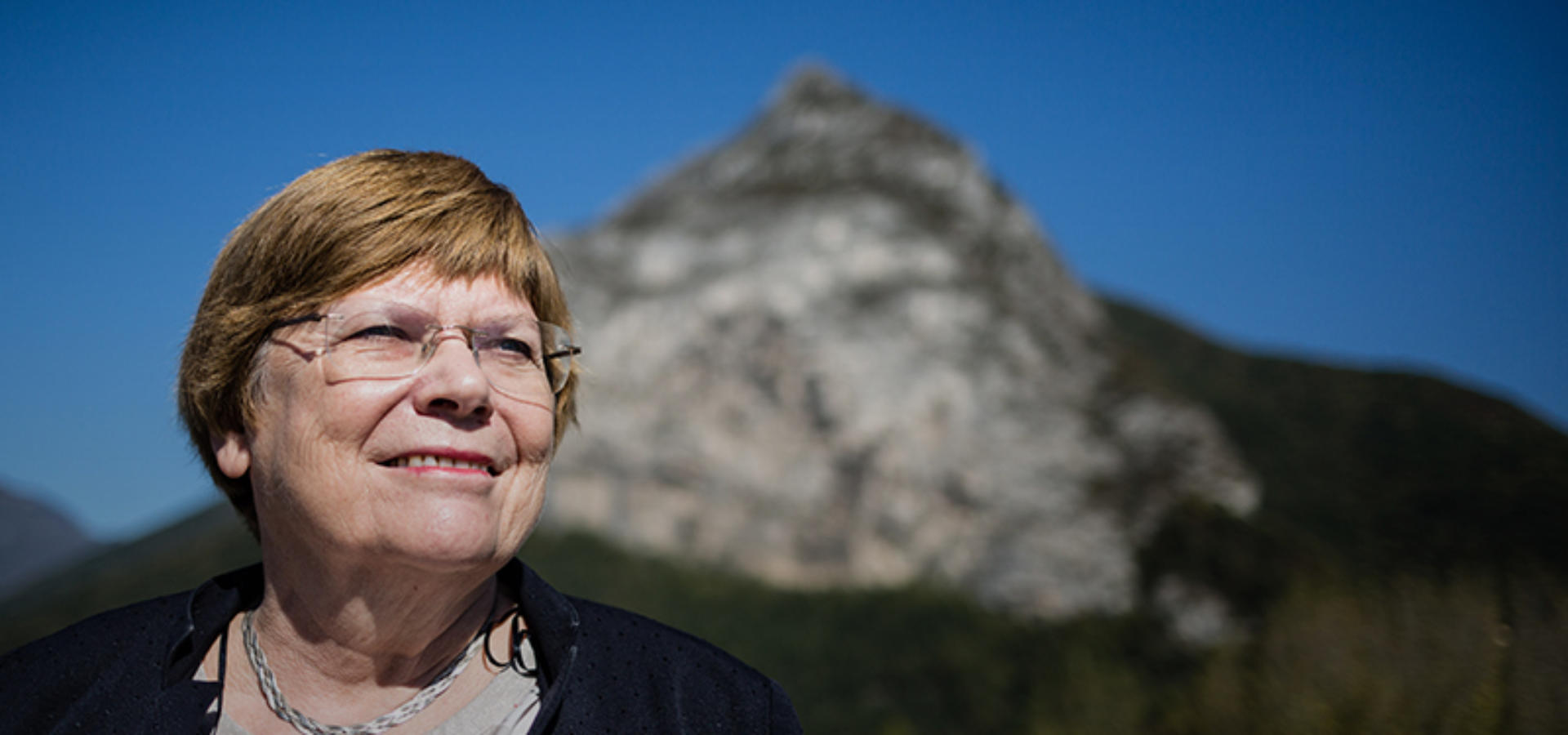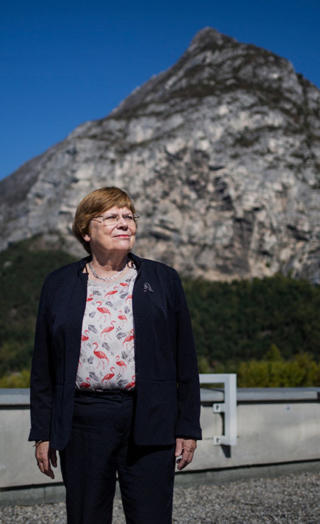I married early and had children while I was studying. That worked out for me and I didn’t have to choose between family and career. That’s not something that all women are lucky enough to say and if we want to get more women into science then it won’t happen by itself, it can only happen by taking special steps and measures in that direction. Yes, I was the first female Director at the ESRF, but I’ve often been the first woman in many places and it doesn’t affect the way I behave professionally. One of the main challenges for me at the ESRF was to get scientists within the structure to be less isolated from each other and to share their knowledge and experience to find the best solution for everyone. The introduction of the beamline groups meant that we ended up with a portfolio of beamlines each optimised for a certain technique, and a coherent picture of the science that’s possible here. I find the mindset at the ESRF very stimulating. Without the machine, the ESRF can’t produce science. Everyone in the company knows that and there’s this common, underlying respect for the accelerator complex. The teams that work on the machine are well organised, disciplined and extremely competent. With a close monitoring of performance factors, the ESRF has this shared strong drive to push borders and to improve past performances. There’s a build-up towards the end of the year when everyone is doing their best to reach their goals and that creates a very vibrant atmosphere.

